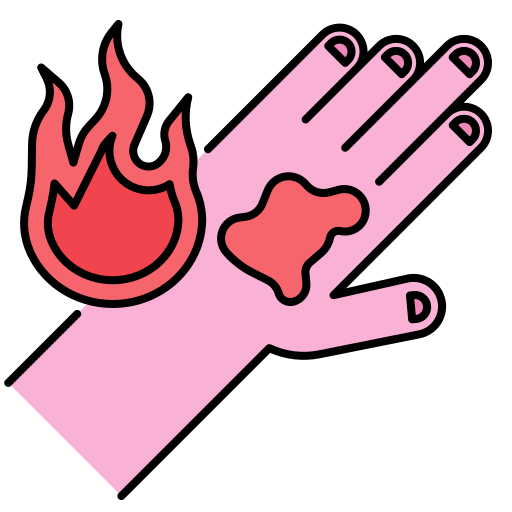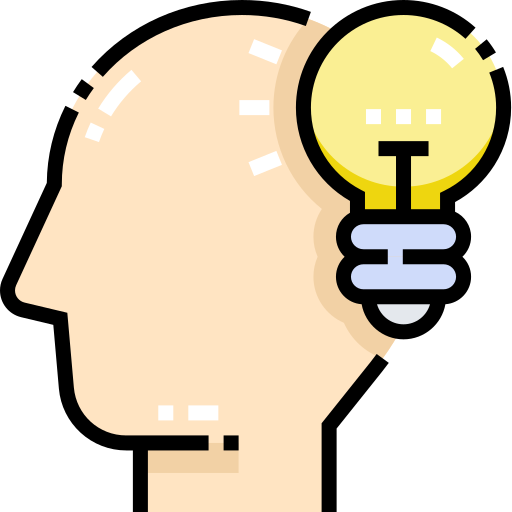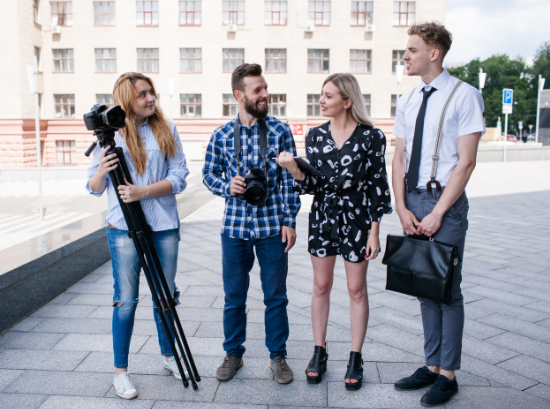Part A Vocabulary
Learn the vocabulary and idioms related to the topic, and describe the picture.

Part A_1 Vocabulary
We’ll read aloud the words and expressions below. Please repeat after me. I will check your pronunciation.
(Please send the mispronounced words and expressions to your student.)
講師の真似をして単語を発音しましょう。
Part A_2 Vocabulary

|
past
過去
|

|
hope
望み
|

|
experience
経験する
|

|
burn
燃える
|

|
operation
手術
|

|
realize
わかる
|


Part A_3 Vocabulary
Now, let’s review some words from part A_2.
(Please review the mispronounced words and expressions from part A_2.)
復習しましょう。
Part A_4 Vocabulary


Part A_5 Picture description
Now, please look at the picture below. Give three actions that you see in the picture.
以下の写真を見てください。3人の人物が何をしているか描写してみましょう。

Part A_6 Picture description

Part A_7 Picture description
| 1. | |
| 2. | |
| 3. |


Part A_8 Picture description
Now, let’s review your answers.
Please review your student’s answers by sending the correct answers in complete sentences. After that, ask your student to read aloud his or her corrected answers.)
復習しましょう。
Part A_9 Picture description

Part B Passage reading
Read sentences and check your pronunciation. Make sure you understand the content.

Part B_1 Passage reading
You will read aloud the passage below. I will check your pronunciation and intonation.
(Please send the mispronounced words and expressions to your student.)
文章を読みましょう。
Part B_2 Passage reading
Remembering the past
Photographs show people what happened in the past, including things they might not want to see or remember. Just like a photograph taken at the time of the Vietnam War in 1972.
Kim Phuc was a young girl at the time a photograph of her was taken. She was running on the road along with other Vietnamese children. However, she was running in pain and with her clothes burned off because of the fire. She went through a lot of operations to repair the burns she had on her body. In an interview, she described how terrible the war was for children, which could be seen on her face in the photograph.
There were a lot of world wars in the 20th century. The century was even called by a Japanese journalist “36, 000 days of suffering.” Kim Phuc’s photograph is one of the photos where people could find a sign of hope. After what happened to her, she would like people to learn from it and realize that no one should experience the pain of war in the future.


Part B_3 Passage reading
Now, let’s review some words and sentences from part B_2.
(Please review the mispronounced words and sentences from part B_2.)
復習しましょう。
Part B_4 Passage reading


Part B_5 Comprehension questions
I will ask the following questions. Please answer based on the passage. I will check if your sentences are complete and if the grammar is correct.
講師が以下の質問をします。読んだ内容をもとに答えましょう。

Part B_6 Comprehension questions
| 1. | What do photographs show people? |
Part B_7 Comprehension questions
| Answer: |


Part B_8 Comprehension questions
| 2. | What was Kim Phuc doing when a photograph of her was taken? |
Part B_9 Comprehension questions
| Answer: |


Part B_10 Comprehension questions
| 3. | What did a Japanese journalist call the 20th century? |
Part B_11 Comprehension questions
| Answer: |


Part B_12 Comprehension questions
Now, let’s review your answers.
(Please review your student’s answers by sending the correct answers in complete sentences. After that, ask your student to read aloud his or her corrected answers.)
復習しましょう。
Part B_13 Comprehension questions

Part C Fill in the blanks
Fill in the blanks with the correct words/phrases to complete the sentences.

Part C_1 Fill in the blanks
Please choose a word/phrase to complete each sentence. Then, read aloud the sentences.
言葉を選んで文章を完成させましょう。そのあと音読しましょう。
Part C_2 Fill in the blanks

past
experience
operation
| 1. | Visiting Japan was a great ________________ for me. |
| 2. | It is not easy to forget the __________. |
| 3. | The patient had an _____________ on her left knee. |


Part C_3 Fill in the blanks
Now, let’s review your answers.
(Please review your student’s answers by sending the correct answers in complete sentences. After that, ask your student to read aloud his or her corrected answers.)
復習しましょう。
Part C_4 Fill in the blanks

Part D Q&A
Answer the questions and check your grammar. Make sure you understand the content.

Part D_1 Q&A
Please answer the following questions. I will check if your sentences are complete and if the grammar is correct.
講師が質問しますので答えましょう。


Part D_2 Q&A
| 1. | Do you like to look back at old photos? What do you feel when you see old photos? |
Part D_3 Q&A
| Answer: |


Part D_4 Q&A
| 2. | What do you think can only be communicated through photography? |
Part D_5 Q&A
| Answer: |


Part D_6 Q&A
| 3. | How do you deal with bad memories? Do you turn away? Or do you make the most of it next time? |
Part D_7 Q&A
| Answer: |


Part D_8 Q&A
| 4. | It is said that history repeats itself. Why do you think people keep repeating the same things, even though we can learn bad history from photos, videos, and books? |
Part D_9 Q&A
| Answer: |


Part D_10 Q&A
Now, let’s review your answers.
(Please review your student’s answers by sending the correct answers in complete sentences. After that, ask your student to read aloud his or her corrected answers.)
復習しましょう。
Part D_11 Q&A

Part E Free talk
Talk about the following topics.

Part E_1 Free talk
Let’s do a free talk about the following topics.
(Please do a free talk if you have time left.)
フリートークをしましょう。

Part E_2 Free talk
| 1. | What do you know about the wars in the 20th century? Do you know anything about the recent wars happening in the world? Please tell me your thoughts. |
Part E_3 Free talk
| Answer: |


Part E_4 Free talk
| 2. | Nowadays, we take photos with our smartphones, so there are fewer printed photos. Do you have printed photo albums? What are the advantages and disadvantages of printed photos and photos taken with a smartphone? |
Part E_5 Free talk
| Answer: |
